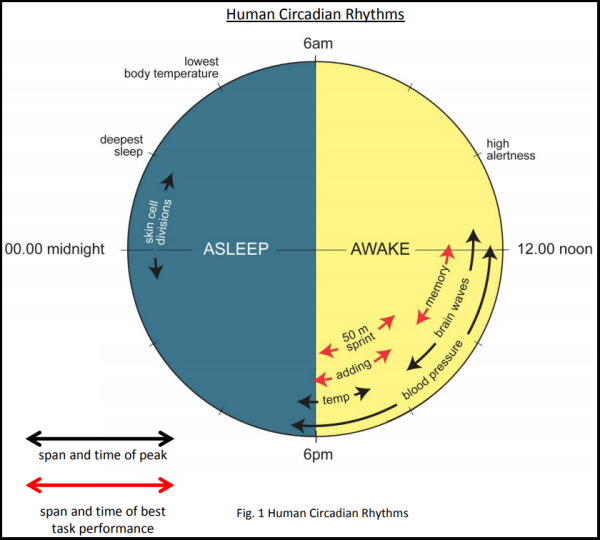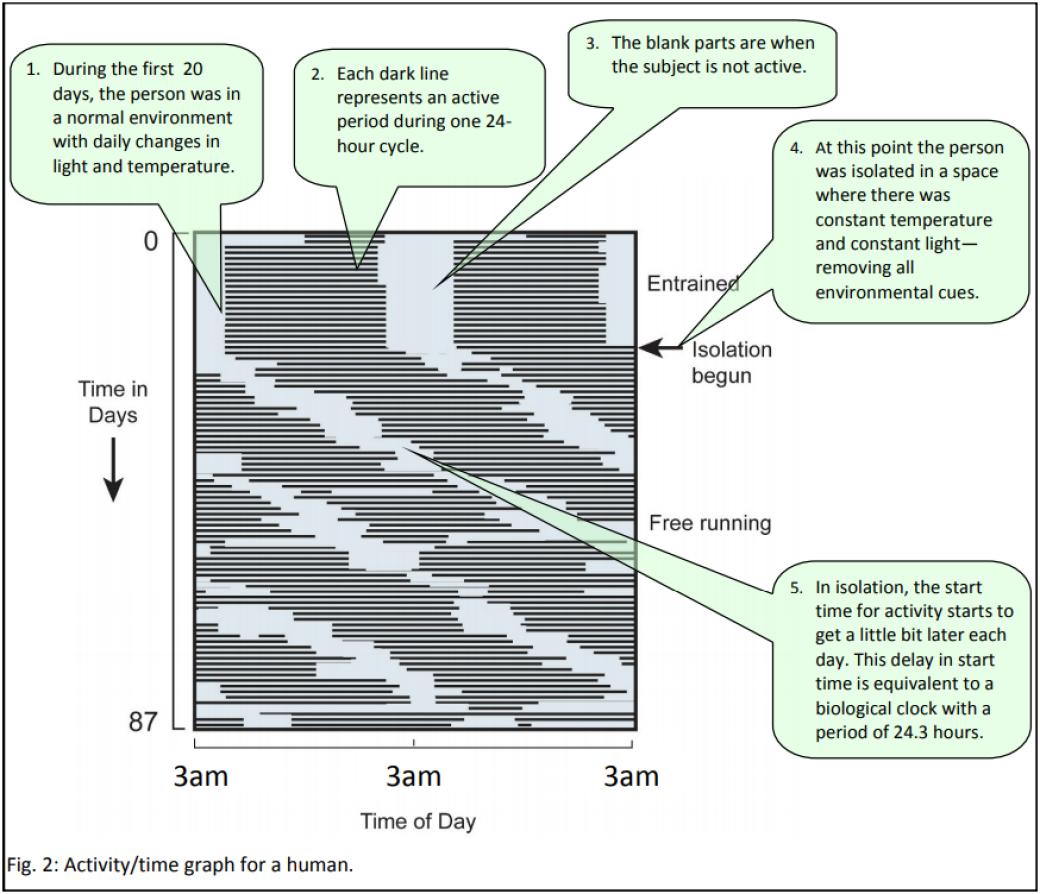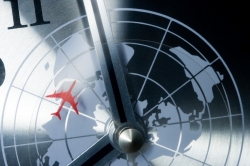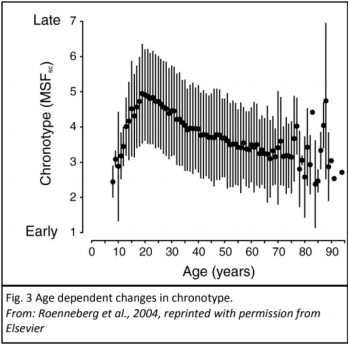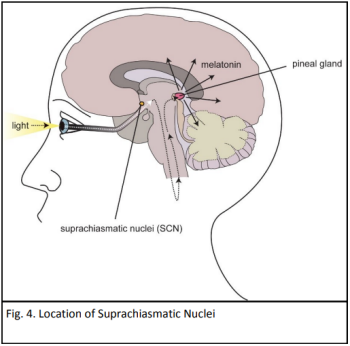How often do you have difficulty getting up in the morning? Do you sleep later during the school holidays? Despite what your parents may say about your need for sleep, there is actually a biological reason for teens to wake later and it’s all based around your body clock or, more precisely, your circadian rhythms.
The rotations of the Earth around the Sun and the Moon around the Earth produce the cycles that we know as night and day, lunar months and years. Animals and plants have rhythms that match these cycles. A simple example of this is activity linked to day and night. Kiwi are active at night; behaviour that is described as nocturnal. Pūkeko are active during the day; behaviour that is described as diurnal. Daily rhythms such as these are called circadian rhythms.
Circadian rhythms are found in most living things, including plants, animals and many microorganisms. These rhythms are the repeating patterns that we see in the biochemical, physiological and behavioural processes. The rhythms follow a roughly 24-hour cycle linked to the patterns of light and dark in the environment around the organism. Humans are no exception, with processes and behaviours such as sleep, cell division and alertness following this 24-hour cycle. A fascinating fact about circadian rhythms is that when we take away the environmental cues, such as light and dark or the temperature changes that occur during the day and night, the rhythms keep going. If you place a person in a room where there is always light and the temperature never changes, they will still follow a roughly 24-hour pattern of sleeping and waking. This led scientists to suspect that the rhythm is controlled by a biological clock inside the organism.


